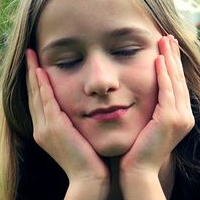Treating Impetigo

Impetigo usually affects children and of those that contract this skin infection it generally takes places during nursery or school years. There are two common types of impetigo bullous and non bullous. Impetigo is also classified in stages, primary and secondary. Primary impetigo affects healthy skin however; secondary impetigo is usually associated with another underlying skin condition such as atopic eczema.
In the case where impetigo or symptoms of it are detected it is advisable to seek the medical advice of a Dr in order to rule out any other skin conditions that can often mimic impetigo. Although impetigo can heal itself and clear left alone, it can persist and spread to other parts of the body. If the condition shows signs of getting worse or is present beyond two to three weeks an anti biotic cream is suggested and prescribed to speed up recovery.
Bullous impetigo causes fluid filled blisters to appear on the skin, which can vary in size but it is the more common form non bullous impetigo that is generally contracted and recognised. Non bullous impetigo produces sores on the skin which once ruptured then leaves a crusty yellowy brown crust. It is known for its fast spreading nature, although people who contract it are no longer contagious after a forty eight hour period. Once the sores dry out and heal impetigo usually disappears but using an anti biotic cream will speed up the healing process.
Because non bullous impetigo is highly contagious in the early stages it is important to minimise the spreading. This can be done by avoiding touching or contact with the infected area, washing the hands often and regularly, not sharing towels, sheets or clothes and keeping children absent from school or nursery.


